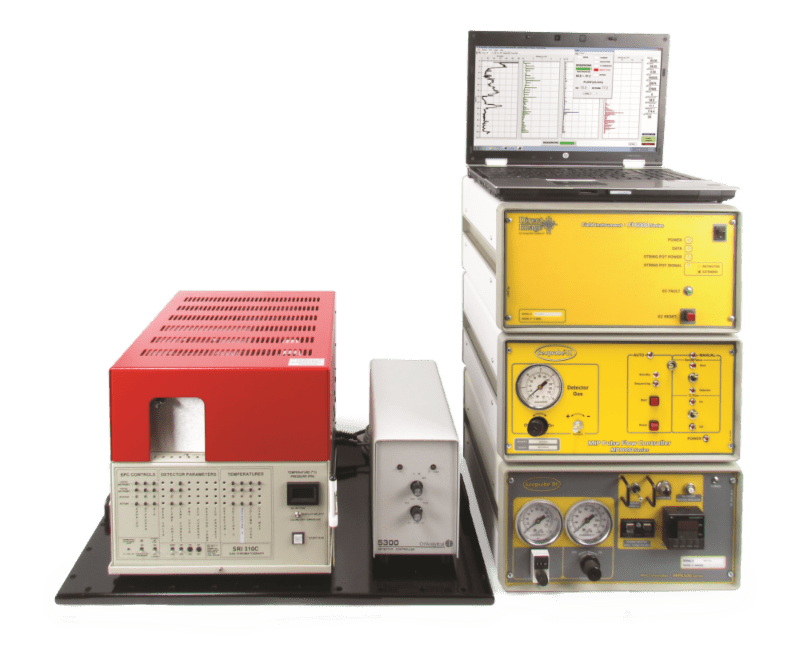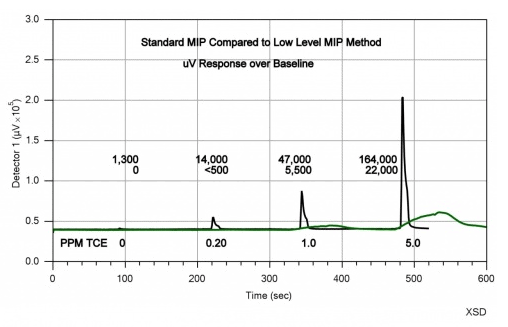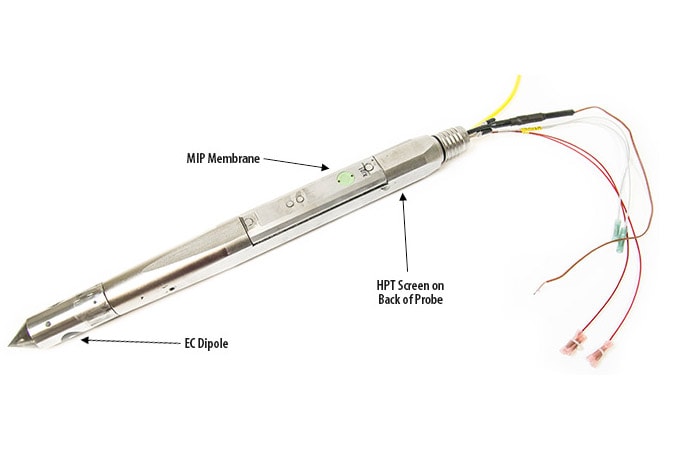Understanding Low Level Membrane Interface Probe (LL-MIP) – ppb levels

The Low-Level Membrane Interface Probe (LL-MIP) is a powerful tool from GeoProbe’s Direct Imaging toolkit. The LL-MIP system uses the same probe as standard MIP mode. However, unlike the standard Membrane Interface Probe operation, which uses continual carrier gas flows to carry VOCs from a membrane on the probe up a gas line and into a gas chromatograph, the Low-Level system allows gas flows to be temporarily stopped for a predetermined amount of time. While the probe is at a discrete depth not being advanced, a slug of VOCs is able to accumulate within the probe and then, when the carrier gas flows are resumed, quickly carried up into the gas chromatograph. This method of operation results in larger response peaks at the detectors. See the figures below.


Like the standard MIP, the Low-Level system also contains an electrical conductivity dipole (EC) used as a lithology indicator and a hydraulic profiling port. From the port, about 300 mL of water per minute is injected, and a vertical hydraulic profile of your boring can be logged.

By taking advantage of the newest High-Resolution Site Characterization tools such as the MIP, the OIP, and the Low-Level MIP, we can better define plumes, migratory pathways, hydraulic conductivity, and lithology. With a better understanding, we can make smarter, more efficient, and cheaper remediation decisions!
Contact the team of HRSC specialists at Eagle Synergistic today to discuss using LL-MiP for your site characterization project.
